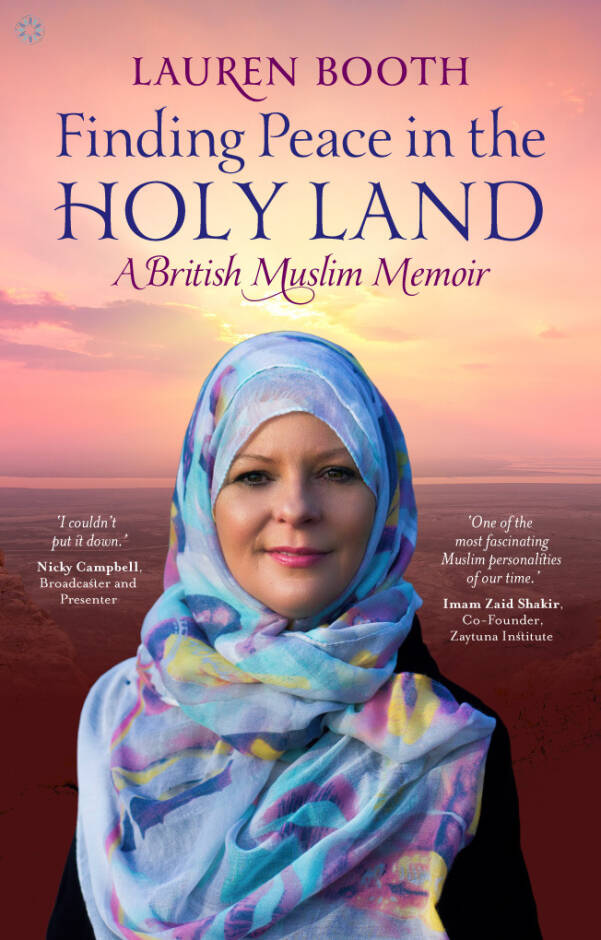

For so often derided as a blight on the landscape or as the outward manifestation of a post-war containment culture, the suburbs were usually, as Robert Beuka has pointed out, either seen as utopian or, increasingly in the post 1945 USA, as dystopian: A “landscape people rarely notice”ġIn recent work on the American New West much attention has been paid to changing geographies, economies, and cultures of the region, and yet one area that has been under-examined is suburbia. I dwell in the city and the city dwells in me. The city and my body supplement and define each other. Through examining his work in its cultural and theoretical context this article looks below the expected “grid” of suburbia to demonstrate the rich life beyond its apparent anonymity. His key work Holy Land is an argument about why a disregarded place, an ordinary place like suburbia, can in fact contain qualities of life that are profound and reassuring.

Typified by his re-assessment of the suburban grid as a “compass of possibilities,” his writings encourage a more nuanced and layered view of the communities and cultures fostered in such places.

In the fashionable parlance of Mike Davis’ City of Quartz, Los Angeles has become defined by its “suburban badlands” however, Waldie‘s work takes a different view in which his suburban home in LA is the focus for a more complex, multi-faceted approach to post-war suburbia. Waldie to deepen our concept of “region” and to re-assess many of the stereotypical discourses associated with the American suburbs. This article uses the works of the writer, memoirist, and Lakewood, California public official, D.


 0 kommentar(er)
0 kommentar(er)
